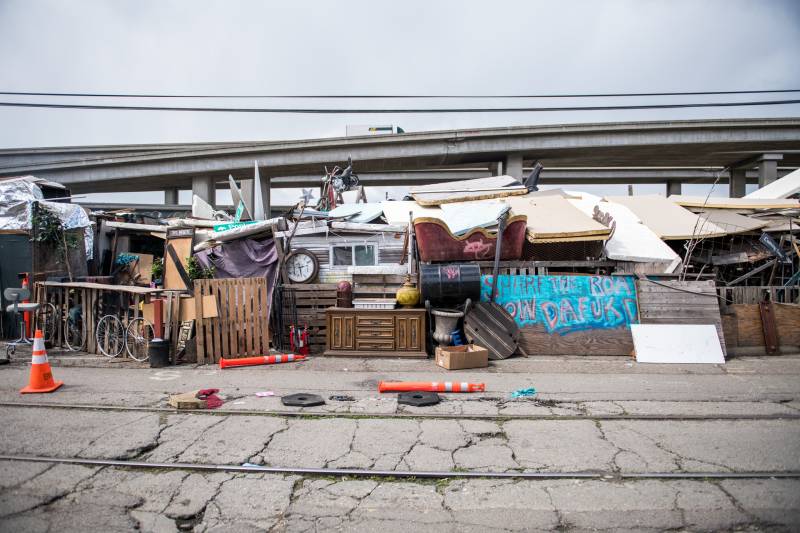The Alameda County Board of Supervisors on Tuesday unanimously approved a countywide state of emergency (PDF) on homelessness in the East Bay.
The order directs county staff at the Office of Homeless Care and Coordination to develop an emergency response plan, including determining how much funding is needed to significantly decrease homelessness and where to direct those resources. Supervisors said the hope is to fast-track funding and bypass regulations. But specifics around what that means have largely not yet been determined.
“I introduced this resolution because the number of people experiencing homelessness is surging, creating dangerous, inhumane situations across the county,” said Alameda County Board of Supervisors President Nate Miley, who represents parts of Oakland, Pleasanton, Ashland, Castro Valley and Fairview. “Alameda County is in crisis — this is an emergency, and it’s our job to respond accordingly!”
According to the latest county Point-in-Time data (PDF), the number of unhoused people in Alameda County increased by 22% from 2017 to 2022, going up from 5,629 to 9,747. The majority (73%) of unhoused residents in the county live outside, in cars or otherwise without access to shelter.

